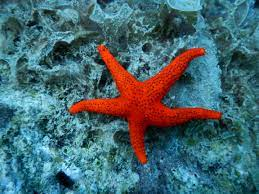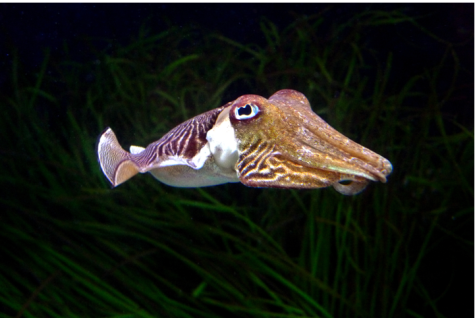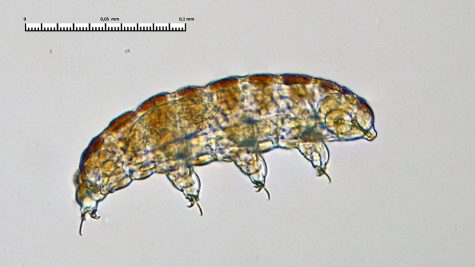Cores of the past
March 29, 2023
The earth is ever-changing and transitional in its state over time. The changes the earth has gone through can be observed deep within the glacial ice of Antarctica through the sampling of ice cores.
Ice cores appear to just be simple blocks of frozen water- how could they possibly paint a picture of the past? Surprisingly, Antarctic ice cores can show many aspects of the earth and climate from thousands of years past.
Ice cores are simply bits of glacial ice drilled out and removed from deep within Antarctica’s frozen face. As snow falls and layers on the ground in Antarctica, the layers of snow are blown around and compressed when they settle, forming a tiny layer that is covered over time by each new layer of soil. This makes up the ice cores that are later removed and studied by scientists. One ice core can contain layers of snow from up to 1 million years ago and each layer of snow that followed until present day.
The climate of Antarctica at a particular time can be revealed by its ice cores. The thickness of a layer of compressed snow can show the annual precipitation rate for that year. The differences in thicknesses of a year’s layer in ice cores of differing areas can show wind patterns for that year. Prevailing winds can move a layer of snow so that it is thicker in some areas, making for a thicker layer shown in the corresponding ice core years later.
Volcanic activity can also be deduced from ice core composition. If there is a volcanic eruption in an area, ash and dust can fall into the snow layers, condensing and remaining in the glacial ice to act as evidence for the volcanic eruption in ice cores taken later.
These samples of old ice can even show the atmospheric composition during a particular year. Small gas bubbles become trapped in the ice layers over time, and this gas can be extracted from cores and analyzed to determine atmospheric characteristics such as oxygen levels, carbon dioxide levels, methane levels, and more.
Scientists have found fossilized remains in ice cores, as well. Remains of million-year-old plants and small animals such as bacteria have been compressed and frozen in ice layers, much like how remains are compressed in sediment layers on land.
While Antarctic ice cores may seem useless on the outside, they can often contain exciting pictures of years past within their frosty interiors.





